5 Cool Innovations In Solar Energy
In the past ten years, rapid technological advancements, government incentives for solar panels, and the increasing competitiveness of solar energy storage batteries have contributed to the growth of clean energy deployment. Indeed, as new developments pave the path for more inexpensive designs, solar technology has exploded in popularity.
Innovative breakthroughs experiment with varied forms and materials to maximise the clean energy potential of the sun, and we've expanded far beyond the classic solar panel. The year 2022 is expected to be full of cutting-edge solar technology and trends, and here are a few of the more exciting ones.
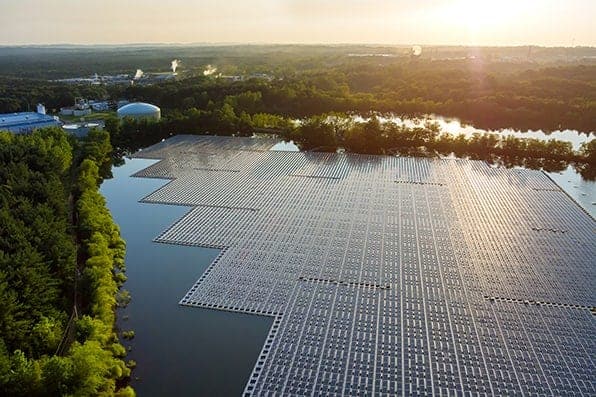
1. Floating Photovoltaics
“Floatovoltaics” are photovoltaic solar power systems designed to float on reservoirs, dams and other water bodies. These floating solar farms are able to generate large amounts of electricity without taking up valuable land, and they are less expensive to install than land-based photovoltaic panels.
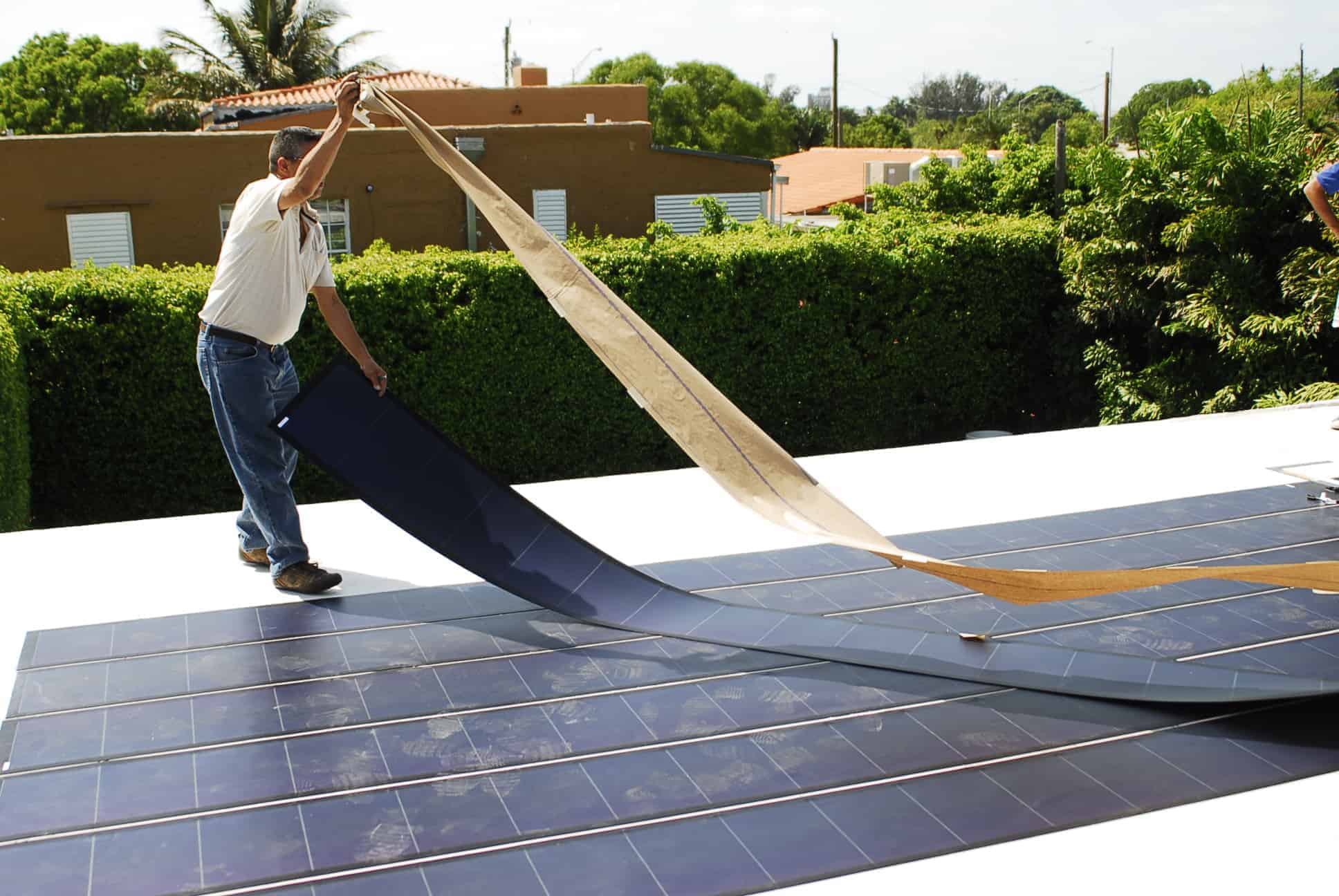
2. Thin-Film Solar
Thanks to advancements in solar thin-film technology, harvesting solar energy no longer necessitates the use of large solar panels. Solar films can now be “printed” in rolls, decreasing both the cost and the time it takes to install them, as well as providing more options for where to put them (such as being integrated into the roofing materials of buildings).
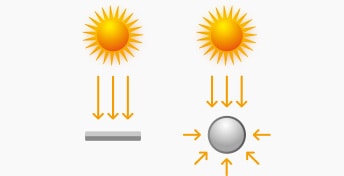
3. Sphelar’s Spherical Solar Cells
The Japanese company, Kyosemi, developed the Spherical Solar Cells back in 2012. Resembling disco balls, the spherical cells were designed to capture sunlight from any angle, maximising the energy output in areas where full, direct sunlight is not available. Since its dome-like face points in multiple directions at the same time, it eliminates the need for complex, motorised solar tracking devices to adjust solar cells to face the sun as the sun's position changes during the day.
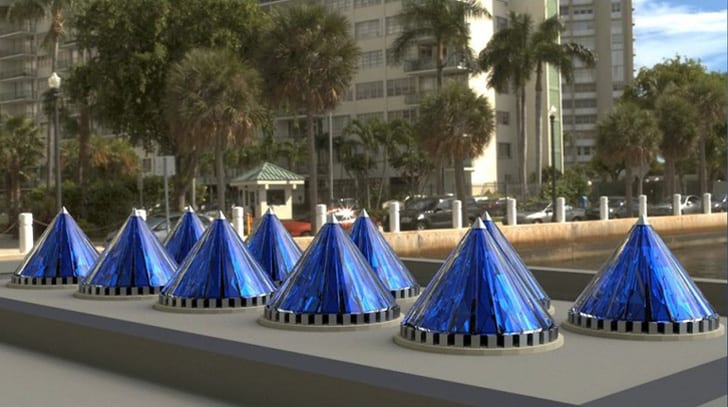
4. V3Solar's Spin Cell
V3Solar's Spin Cell is a rotating blue prism that can generate nearly 20 times more electricity than a stationary flat panel with the same solar cell surface area. Besides its ability to create alternating current (AC) output without the help of a traditional inverter, the V3Solar Spin Cell can also support itself, which means you can mount the device directly to poles or other suitable foundations.
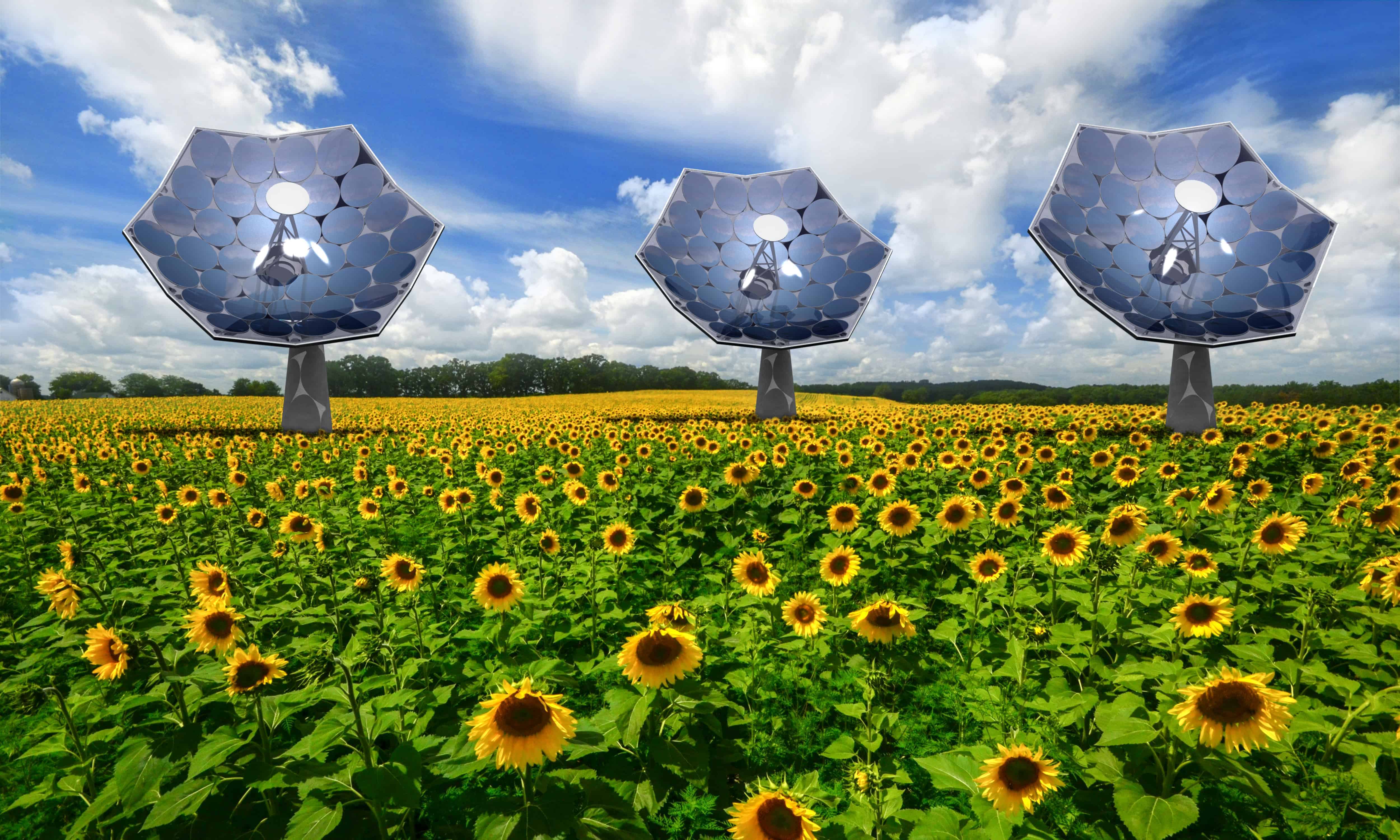
5. IBM's Solar Sunflowers
The High Concentration PhotoVoltaic Thermal (HCPVT) system introduced by IBM resembles a sunflower with reflective surfaces lining its dish-like structure. It can concentrate the sun's radiation 2,000 times and convert 80% of it into useable energy. On a sunny day, the system may generate up to 12 kilowatts of electrical power and 20 kilowatts of heat, which is enough electricity to power several average households at once.
